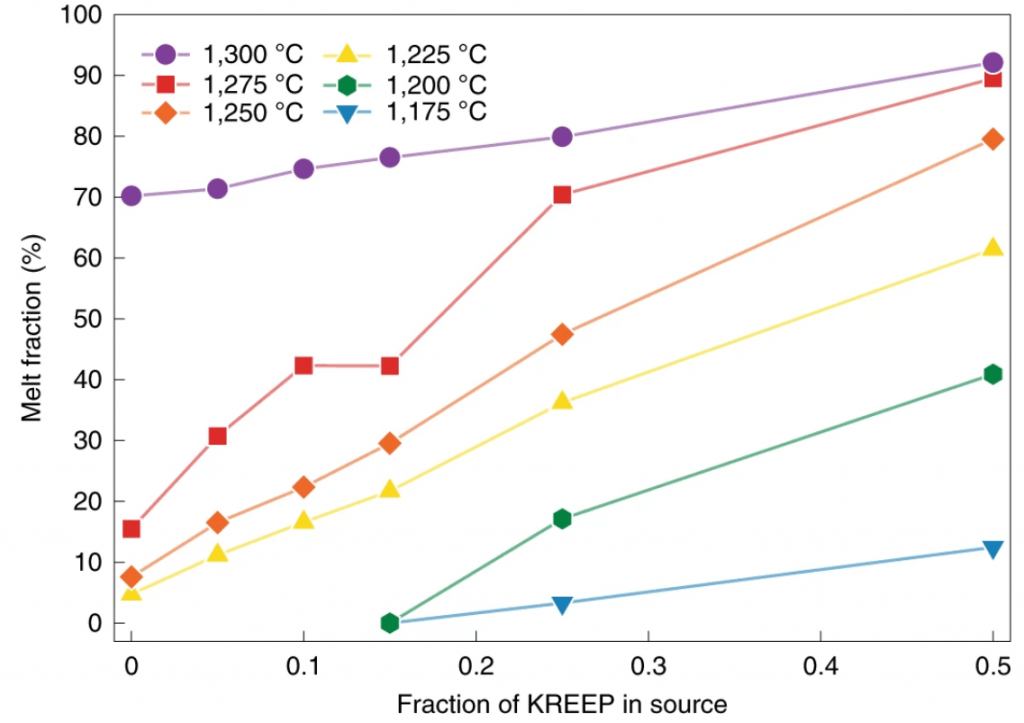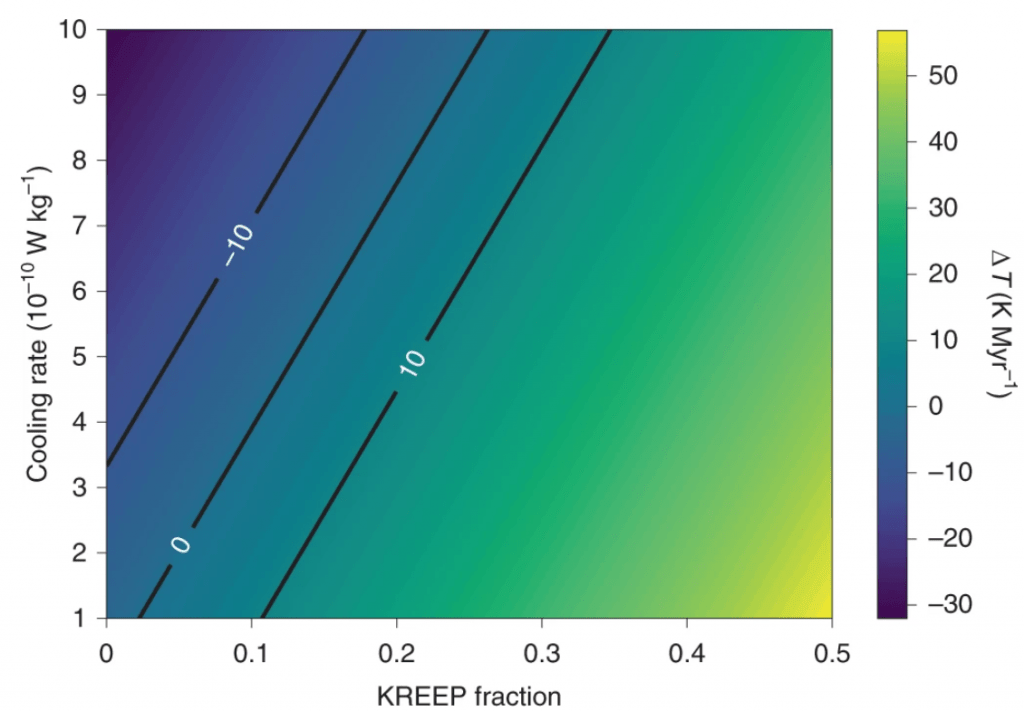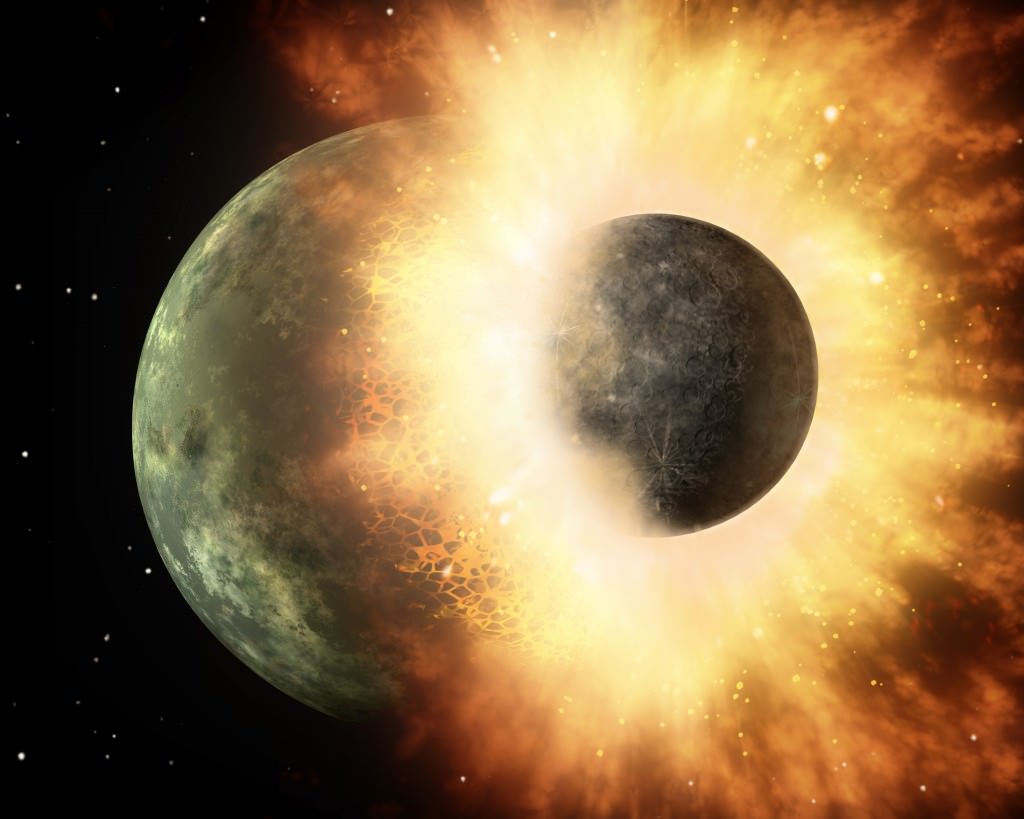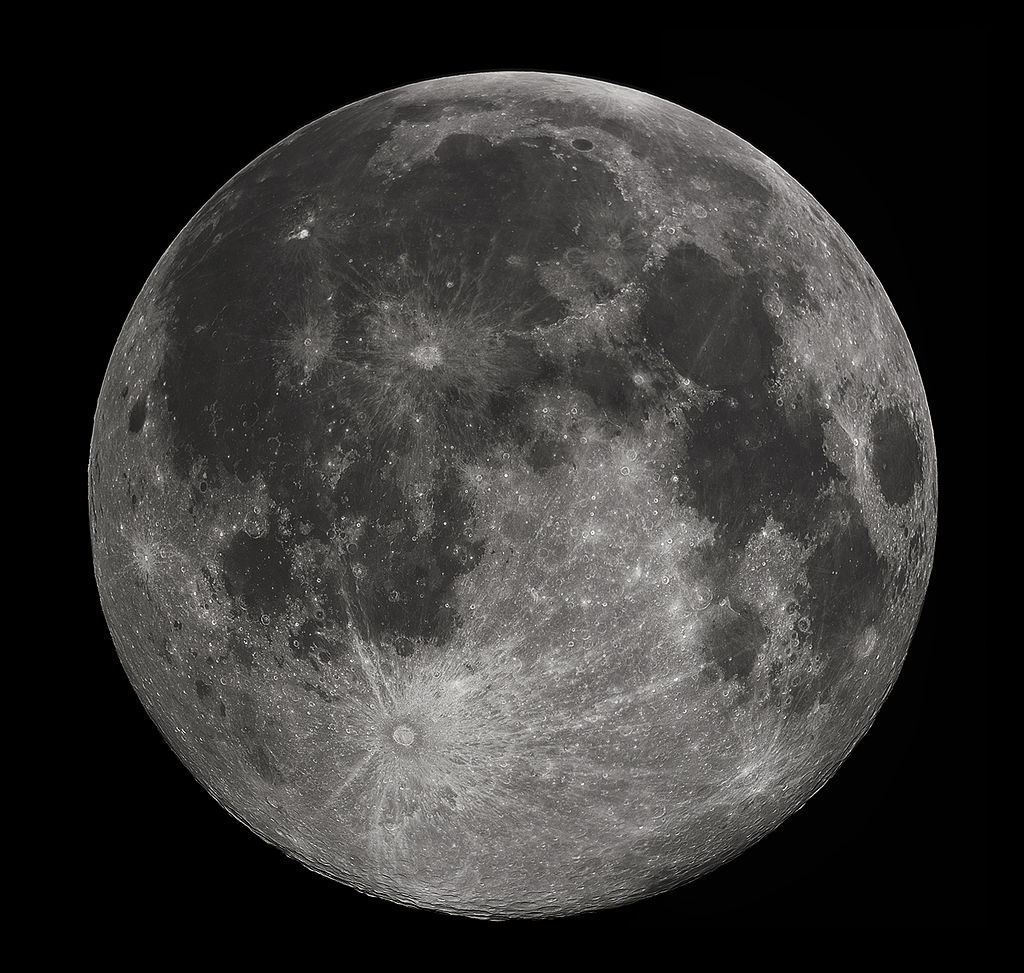The Moon is easily the most well-studied object in the Solar System, (other than Earth, of course.) But it still holds some puzzles for scientists. Why, for instance, is one side of the Moon so different from the other?
The Moon is tidally-locked to Earth, so prior to space-flight, we only knew the one side. There was no reason that the Earth-side would be different from the far side. But now we know different.
As the Space Race heated up, NASA sent a series of Lunar Orbiters to check out the Moon in advance of the Apollo missions. Lunar Orbiters 1 through 5 were sent to the Moon in 1966 and 1967. The orbiters’ primary focus was on landing sites, but Lunar Orbiter 4 photographed 95% of the far side of the Moon.

Now of course we’ve mapped the entirety of the Moon’s surface, and we’ve gathered all kinds of scientific data on our natural satellite as well. We’ve sent astronauts there and have brought back hundreds of kilograms of lunar regolith to study here on Earth. And NASA is planning a return to the Moon in the near future.
But the puzzling question remains: why is one side so cratered and one side not? Why is the near side so much smoother, and dominated by vast basaltic, volcanic plains? Why was this ancient volcanic activity mostly restricted to one side, the side facing Earth?

The leading theory for the formation of the Moon is the giant impact hypothesis. That theory suggests that a large planetary body roughly the size of Mars, called Theia, struck the Earth. The collision sent an enormous amount of molten material into orbit around Earth, which eventually coalesced into the Moon.
A new study examined the disparity between the two sides of the Moon. Its title is “Early crust building enhanced on the Moon’s nearside by mantle melting-point depression.” It’s published in the journal Nature Geoscience, and the lead author is Stephen Elardo, Assistant Professor of Geology at Florida University.
When the Theia impact occurred, and the Moon coalesced out of the debris, the Moon was not large enough to continue volcanic activity for as long as Earth did. The Moon was much smaller, and cooled more rapidly. Yet for some reason, volcanic activity lasted much longer on the near side than the far side. This goes against the grain, since a body is expected to cool at the same rate overall.
The study is centered on a strange geochemical anomaly on the Moon. The near side contains a region called the Procellarum KREEP Terrane. That region contains a large amount of specific elements. KREEP stands for K (the atomic symbol for potassium), REE (rare-earth elements) and P (the atomic symbol for phosphorus). The KREEP terrane also contains the elements thorium and uranium, which decay radioactively and produce heat.

The authors of this study wanted to find out if the presence of KREEP could create the conditions for more sustained volcanic activity. KREEP could lower the melting point of the mantle, and the presence of the radioactive elements could’ve compounded the efffect, by generating enough heat to fuel volcanic activity in the region long after the rest of the Moon had cooled.
The team of researchers created an analog rock that had the same properties, called the Mg-suite rock. They created six versions of this analog, one with zero KREEP content and one each with 5%, 10%, 15%, 25% and 50% KREEP and associated radioactive elements. They then subjected the samples to high temperatures.
The study showed that compositional assymetries between the near side and the far side of the Moon had an effect early in the life of the Moon. The authors wrote, “Our results show that the hemispheric compositional asymmetries on the Moon began to have a dramatic effect on magma production immediately after lunar differentiation.”

This is no minor anomaly, and as they wrote, its effect was dramatic. “The large concentration of heat-producing elements on the Moon’s nearside not only had the potential to act as a heat source for melting but also lowered melting temperatures at the crust–mantle interface in a way that could have produced ~4–13 times more crust-building magmas than would have occurred on the farside.”
Previous research has purported to show that “crust-building magmatism that immediately followed the LMO <lunar magma ocean> was a Moon-wide event,” as the authors write. But these results pose a challenge to that conclusion. Most LMO models see planets in this stage of evolution as homogenous globes of well-mixed materials. Those models don’t take KREEP into account the same way as this work does.
The authors of the paper write “Our results demonstrate that the anomalous enrichment in incompatible elements of this nearside reservoir dramatically lowers the melting temperature of the source rock for these magmas and may have resulted in 4 to 13 times more magma production under the nearside crust, even without any contribution from radioactivity.”

When they added the effect of heating from nuclear decay, the case got stronger. “From thermal numerical modelling, we show that radiogenic heating compounds this effect and may have resulted in an asymmetric concentration of post-magma-ocean crust building on the lunar nearside,” the added.
“Our findings suggest that the nearside geochemical anomaly has influenced the thermal and magmatic evolution of the Moon over its entire post-differentiation history,” they wrote.
Since the Earth and the Moon are inextricably linked, these results might end up telling us something about Earth, too.

In a press release, study co-author Matthieu Laneuville commented, “Because of the relative lack of erosion processes, the Moon’s surface records geological events from the Solar System’s early history. In particular, regions on the Moon’s near side have concentrations of radioactive elements like U and Th unlike anywhere else on the Moon. Understanding the origin of these local U and Th enrichments can help explain the early stages of the Moon’s formation and, as a consequence, conditions on the early Earth.”

